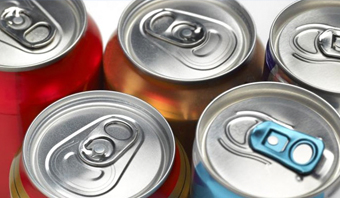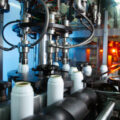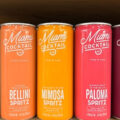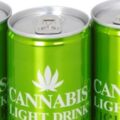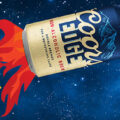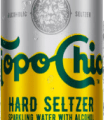The population is drinking less and less alcohol, only RTD (Ready to Drink) beverages, most of which are packaged in metal containers, are slowing this decline. This product range recorded a strong period of growth with a 2% increase in volume last year. Premium cocktails are gaining ground, and canned RTDs now share the market with a wider range of bottled ready-to-drink cocktails and spirits derived from distillates.
There is also a great deal of innovation in non-alcoholic products beyond gin alternatives. There is a proliferation of such products on the market, especially in non-alcoholic variants of well-known parent brands. While the first non-alcoholic distillates were mostly clear gin-style alternatives, there are now more alternatives to dark non-alcoholic distillates and also some non-alcoholic tequila alternatives coming to market. The latest Bevtrac consumer data from IWSR shows a year-on-year increase in the population of non-alcoholic beverage consumers in the UK. The soft drinks market grew by 17% in 2023, and is expected to grow at a CAGR of 4% by volume between 2023 and 2028. Non-alcoholic distilled spirits volumes now comfortably exceed those of tequila in the UK.
The total UK beverage alcohol market is expected to experience a decline in volume and value of -1% CAGR (compound annual growth rate) over the next five years, although it will remain the world’s third most valuable beverage alcohol market in the standard and above price bands. That’s according to the latest data and forecasts from IWSR, a global beverage alcohol data and intelligence analyst.
Total beverage alcohol (TBA) volumes in the UK declined 2% between 2022 and 2023, marking the end of a recent period of decline for the industry (volumes between 2018 and 2023 fell at a CAGR of -1%). Growth rates in the no- and low-alcohol beverage segment outperformed the overall TBA market in the UK, driven in part by the trend of consumer restraint and changes in alcohol taxation. The overall no-/low-alcohol segment showed 47% volume growth from 2022 to 2023, with volume growth forecast at 19% CAGR from 2023 to 2028. This segment is expected to add an incremental value of £0.8 billion by 2028.
Volume sales of low-alcohol beverages nearly doubled in 2023, and IWSR forecasts considerable growth in the coming years, driven mainly by low-alcohol beer. Many beer and wine brands are reducing their alcohol content (ABV) to take advantage of the new UK tax regime, although this is expected to present further challenges, especially for wine, when further changes are introduced in 2025.

